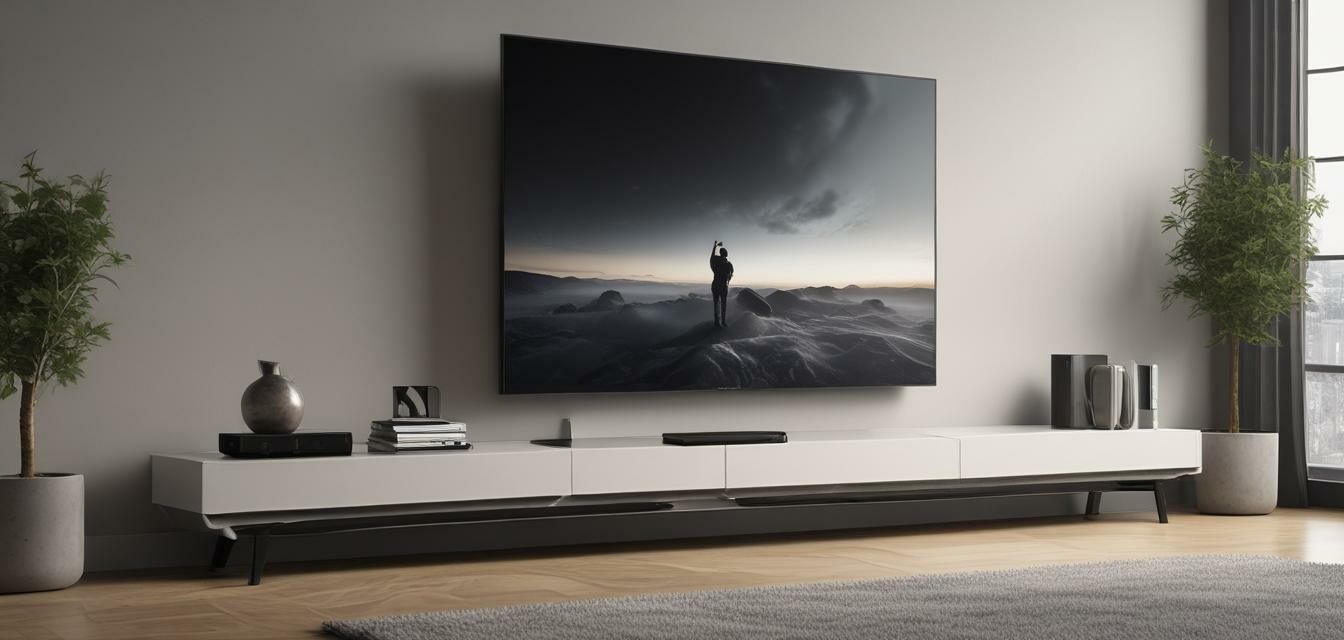
Troubleshooting Connectivity Issues with Soundbars
Key Takeaways
- Common connectivity issues can often be resolved easily.
- Checking cable connections and settings is crucial for troubleshooting.
- Wireless connectivity problems can often be related to interference.
- Firmware updates can enhance connectivity and overall performance.
- If all else fails, resetting the soundbar to factory settings may help.
Soundbars are a fantastic way to enhance your home audio experience, but like any technology, they can sometimes run into connectivity problems. In this article, we will explore some common issues you might face with your soundbar and how to troubleshoot them effectively. Whether it's a wired or wireless connection, we'll provide practical solutions so that you can get back to enjoying your favorite shows and music without a hitch.
Common Soundbar Connectivity Issues
Soundbars can face various connectivity issues, whether you are trying to connect via HDMI, optical cable, or Bluetooth. Here are some of the most common problems:
- No sound from the soundbar
- Audio lag when using Bluetooth
- Inconsistent wireless connectivity
- Soundbar not responding to remote control
- Mismatch in audio formats between soundbar and TV
Steps to Resolve Connectivity Issues
1. Check Cable Connections
The first step in troubleshooting any wired connection issues is to ensure all cables are securely connected. This is how you can confirm the setup:
| Connection Type | Steps to Check |
|---|---|
| HDMI | - Ensure the HDMI cable is firmly connected to both the soundbar and the TV. - Try using a different HDMI port on the TV. |
| Optical Cable | - Check for any visible damage on the cable. - Remove and reconnect the cable on both devices. |
| Auxiliary Cable | - Make sure the auxiliary cable is securely plugged. - Test with a different cable if available. |
2. Check Your TV Settings
Sometimes the issue lies within the TV settings. Follow these steps:
- Access the Audio settings on your TV.
- Make sure the correct audio output is selected (e.g., HDMI ARC, Optical, or Bluetooth).
- Look for "Audio Format" settings and adjust them to match your soundbar's capabilities.
3. Troubleshoot Bluetooth Connectivity
If you're using a wireless connection, here's how to troubleshoot Bluetooth issues:
| Issue | Solution |
|---|---|
| Cannot find soundbar on devices | - Ensure the soundbar is in pairing mode. - Restart the soundbar and try again. |
| Audio lag | - Reduce the distance between devices. - Disconnect any other devices that may be interfering. |
4. Update Firmware
Keeping your soundbar's firmware up to date can resolve many connectivity issues:
- Visit the manufacturer's website to download the latest firmware.
- Follow the instructions on how to update.
- Check for any available updates through the soundbar's settings menu.
5. Factory Reset the Soundbar
If you've tried everything and the soundbar still won't connect, a factory reset may be necessary:
- Refer to your soundbar's manual for specific reset instructions.
- Be aware that this may erase your saved settings.
- After resetting, reconfigure the soundbar and reconnect to your devices.
Conclusion
Troubleshooting connectivity issues with soundbars doesn’t have to be a daunting process. By following the steps laid out in this guide, you can diagnose and resolve many common problems. If you’re interested in more in-depth reviews and product categories to help you choose the best soundbar, check out our budget soundbars and compact soundbars pages. Remember, a little persistence goes a long way in ensuring a seamless audio experience!
Pros
- Enhances audio experience
- Various connectivity options
- Improves home entertainment setup
Cons
- Can face connectivity issues
- Your audio format settings may require adjustment
- Firmware updates are necessary for optimal performance